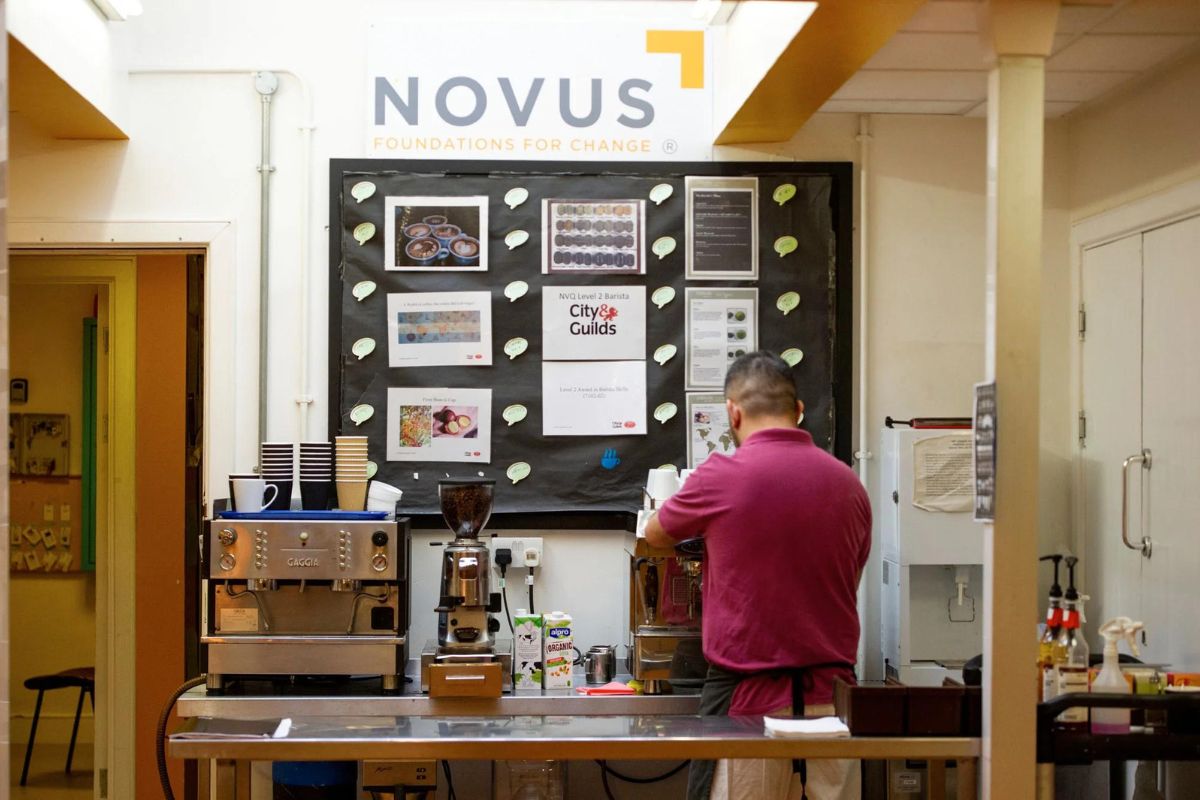Re-evaluating workplace diversity – educating the workforce is critical

Diversity has the power to engender both empowerment amongst individuals and feelings of inclusion in society. It encourages the search for novel information and different perspectives, promoting tolerance and understanding between cultures. And it enriches communities through the shared experiences of different people.
This same is true in the workplace, but it’s far more than just a moral issue.
Through diversity, organisations can harness the differences in their workforce to help them become more successful. But despite the well-known advantages of building a diverse workforce, are organisations succeeding in doing so? It’s time to re-evaluate workplace diversity.
Navigating workplace diversity
In 2021, workplace diversity is, quite rightly, often under discussion. Since the issue came into mainstream awareness, we have undeniably seen progress – we all assume the vast majority would argue in favour of diversity. But, there is still a long way to go.
Alarmingly, the Equality & Human Right Commission found that since 2010, the number of unemployed individuals from ethnic minority groups aged between 15 and 24 has increased by 49%, compared to a 2% decrease for those from ethnic majority groups.
Another recent report also revealed that it will take more than 200 years for the leadership of the UK’s largest firms to match the diversity of the working population. The same report found only 11 top roles across FTSE 100 are held by ethnic minority leaders. Clearly, there is a moral issue at play here, but there is also a financial one.
A McKinsey & Company study found companies with high levels of diversity financially outperform industry medians compared with those with low gender diversity by 16%, ethnic diversity increases the likelihood of financial outperformance by 35%. Meanwhile, share price performance is 26% higher for organisations with female representation on their boards than those without.
Clearly, businesses should implement diversity in their workforce, not only for moral reasons, but also for commercial benefit. But the question is: how should businesses do this in a sustainable and fair way?
The elephant in the room
First and foremost, educating the workforce is critical. Learning about diversity and inclusion from a range of different individuals and resources will help to increase awareness of the perspectives and experiences of minority groups. The wider the audience that the workforce learns from, the greater the awareness and understanding they will develop.
While education is a necessary starting point, firms must implement the appropriate strategies to accompany it moving forward. However, research has shown that despite 85% of employers saying diversity is important, just 46% have programmes in place to attract diverse talent. Meanwhile, 45% believe their recruitment tools are ineffective for hiring based on the principles of diversity.
With this in mind, progressing the conversation about workplace diversity should mean addressing the elephant in the room – current recruitment practices just aren’t fitting the bill. Firms should look to overhaul recruitment practices from end-to-end, such as removing job postings that unintentionally use language stereotypically ascribed to men, or even introducing blind CVs. Firms should also look at providing unconscious bias training for all individuals involved on their end in the recruitment process.
Let’s re-evaluate workplace diversity
Every organisation is different. Some methods will work for one business, but be redundant for another. But whatever diversity strategies businesses implement, it’s vital they have a clear understanding of what they want to achieve. They must continuously review their practices to scope where positive outcomes are seen and where they are missing, and implement change accordingly.
The opportunity for businesses to harness people’s differences is immense. But we have only come so far. Any rethink of workplace diversity must start with acknowledging just how far there still is to go. Only can organisations then create truly diverse workforces.
Sabby Gill, CEO of Thomas International












Responses